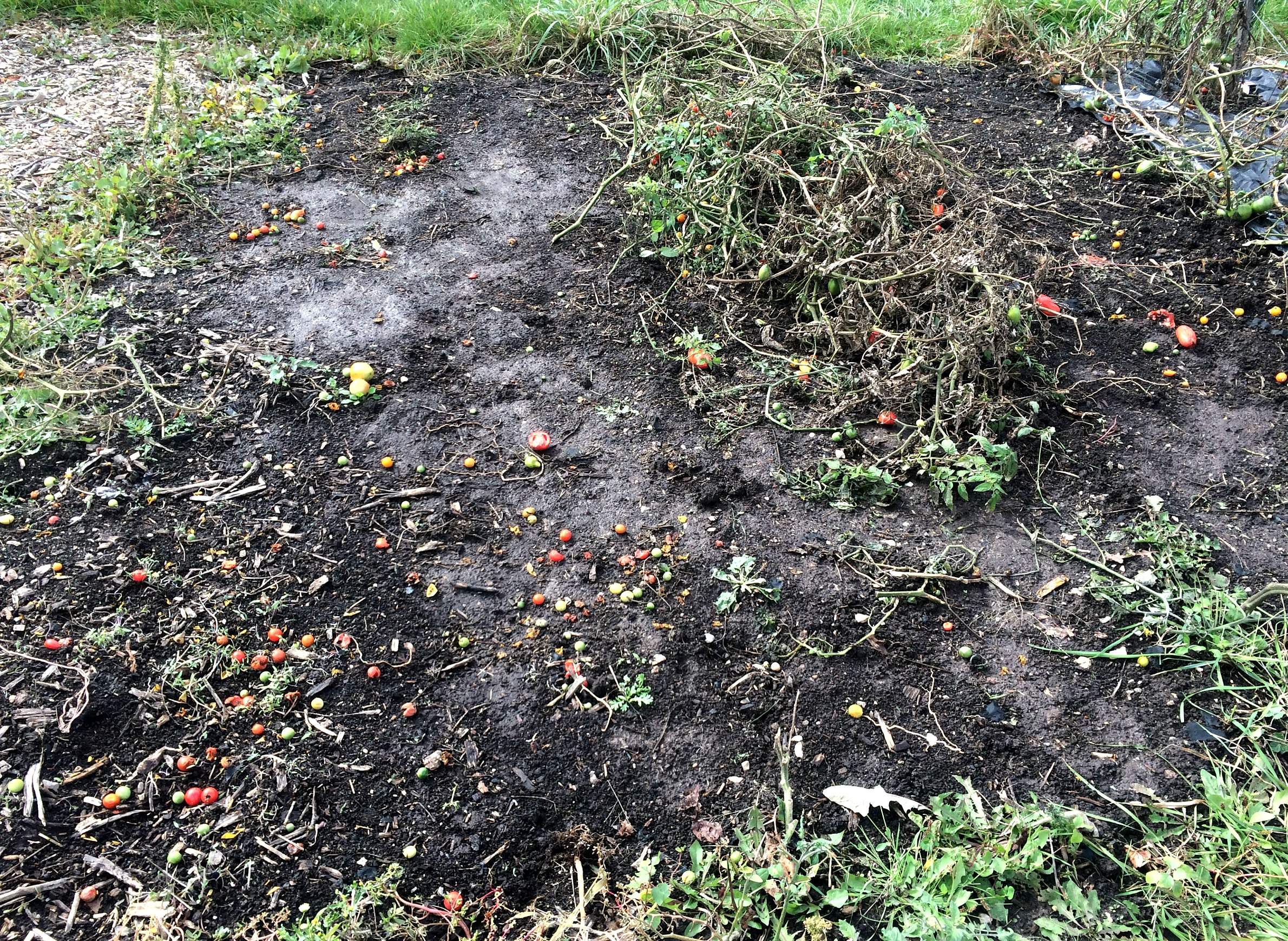
Preparing a garden for winter doesn't need to be a depressing affair.

Preparing a garden for winter doesn't need to be a depressing affair.
The arrival of fall frosts signals the growing season has ended and the time has arrived to give the vegetable garden bed a good cleanup to prep it for next spring's planting.
Late morning or early afternoon on a dry day is the best time to start garden clean-up. Plant labels, stakes, cages and trellises should be pulled from the garden bed. Dirt and debris on those materials should be removed, and all items should be cleaned with 70 percent rubbing alcohol or disinfectant wipes to eliminate fungal spores.
Mature tomatoes and peppers should be harvested, while immature fruits should be composted. Diseased plants should be pulled, especially tomatoes and pumpkins, which are highly susceptible to fungal pathogens. Infected plants should be bagged and sent to the landfill. Healthy and uninfected plant materials can be chopped up and put on the compost pile.
Weeds should be removed from in and around garden beds. Weeds can be added to compost only if it is an active, hot pile that is frequently turned and has a core temperature of 120-170 degrees Fahrenheit. Weedy plants with seed heads or rhizomes should be sent to the landfill rather than added to a cold compost pile.
Fall is a great time to do a soil test that determines pH, organic matter content and nutrient content like phosphorous and potassium. Soil test results will also provide information on what nutrients need to be added based on existing levels, giving a gardener ample time to prep the soil by incorporating the right type of fertilizer ahead of the following year's spring gardening. To ensure accurate results, a gardener should take representative sample from at least 10 random spots in the garden at a depth of 5 to 7 inches. Those samples should be mixed and 2 cups of the combined samples can be taken to a county University of Wisconsin-Extension office for testing.
Once garden beds are cleared out, they should be raked and leftover debris removed from the soil. Organic materials like shredded fall leaves from trees can be spread and tilled 6 to 8 inches into to the garden bed. Grass clippings from a lawn treated with herbicide should not be added.
Gardeners may feel disheartened when they look at their empty garden beds over the next six months or so. But preparing a garden for winter needn't have a depressing result. Planting cold-weather cover crops like winter wheat, winter oats and field peas into a garden bed in fall will prevent soil erosion and provide extra organic matter for the soil when tilled the next spring.
Vijai Pandian is a horticultural agent and educator for the University of Wisconsin-Extension Brown County. This article is adapted from an item originally published by the Green Bay Press Gazette.